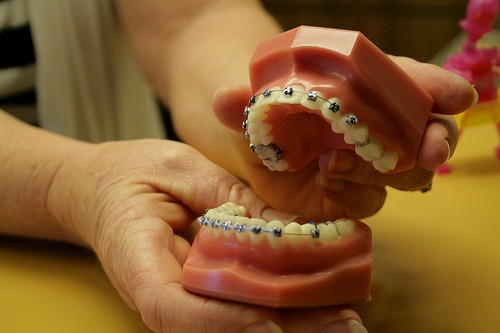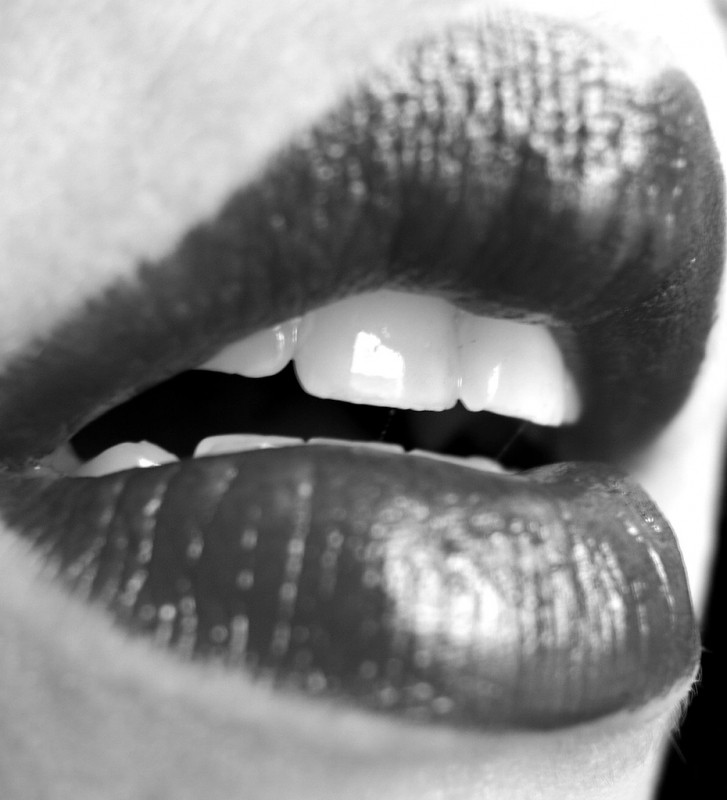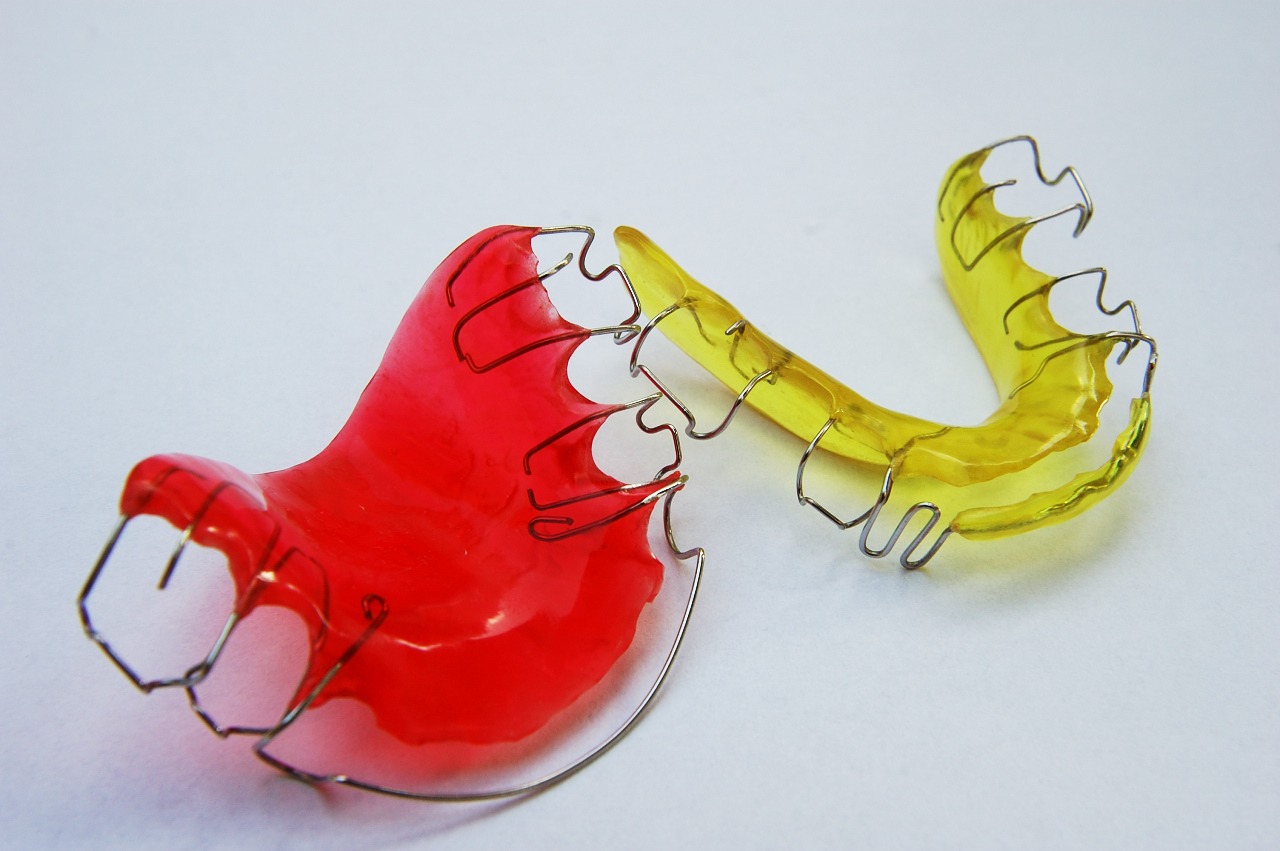
by | Jun 28, 2017 | Invisalign, Invisalign Teen, Orthodontic Treatments, Team Demas Orthodontics
LAST UPDATED: JUNE 28, 2017
Braces aren’t just for teenagers anymore since millions of teens and adults have braces on their teeth every single day. Braces and orthodontic work can help align your teeth and make your smile more appealing. The specific amount of time a person needs to wear braces is obviously going to differ from one individual to the next. Some people are able to wear braces for only six months while others are in them for two or even three years. Knowing why you’re wearing braces and why they may still be on will help you put the effort and energy into your orthodontic treatment to get the most out of it.
FAQ
What are the Benefits of Braces?
Whether you’ve been fitted for traditional metal braces or are wearing Invisalign, having braces is a wonderful option for people who want to improve the look of their smile. Your smile is normally going to be the first thing a person notices about you, so it’s pretty obvious that you’ll want to put a bit of time and attention into your teeth if you feel they could use it.
Read more…

by | May 23, 2017 | Invisalign, Invisalign Teen, Orthodontic Treatments, Team Demas Orthodontics
LAST UPDATED: MAY 23, 2017
If you are wondering if traditional braces are cheaper than Invisalign, the answer is generally yes. Of course the actual cost of whatever option you choose will vary based on factors such as how long you will be wearing them, but traditional braces will generally run you less money than invisible aligners. The reason for this is that Invisalign is more high maintenance. With traditional braces, you will generally need to go in for adjustments about once every month. The orthodontist will adjust the wiring, which is fairly cheap itself, and that will be it. Because it is an older technology, it was designed so that keeping the braces fitted to your teeth entails a lot less work on the part of the orthodontist.
In contrast, with Invisalign, you will need to go in about once every two weeks to get a new mold for your teeth. These molds will have to be changed each time you go in (since the aligners that you are wearing are shifting your teeth and they will not be in the same positions that they were in even two weeks ago). Once the impressions from your teeth are acquired, they will be sent to a lab that will make the actual molds that you will be wearing. The constantly changing molds will make it so that your teeth are constantly shifting closer to the positions in which you want them, but it also means more work for your orthodontist, and more resources consumed for everyone involved. As such, it will naturally be more expensive than traditional braces.
Read more…

by | Apr 25, 2017 | General Articles, Invisalign, Invisalign Teen, Orthodontic Treatments, Team Demas Orthodontics
You, or your parents, have spent years and a lot of money to get your teeth into perfect alignment and now you see that they are shifting back to their former position. The big question on your mind is most likely: Can retainers fix a slight shift of teeth after braces? The simple answer to this question is yes. But, more than giving you a simple answer, it’s important for you to understand how the slight shift occurred and what you can do to prevent it from happening again.
MAINTAINING YOUR SMILE AFTER BRACES FAQ
Why do Teeth Shift after Braces?
It was the tension applied through your braces that forced your teeth to move into their straightened positions. When that pressure is removed, your gums and bone may try to return to their former misaligned conditions. To maintain the new structure of your teeth, you will need to use a retainer.
After your braces were removed, your orthodontist provided you with a retainer that you were to wear daily for a scheduled period of time. That schedule may have been for several hours every day as well as throughout the night. The retainer was meant to allow your gums and bone to adjust and support the new position of your teeth.
If you did not follow your orthodontist’s schedule or only wore your retainer sporadically, you provided your teeth with the opportunity to start shifting back to their previous condition. The shifting of your teeth does not happen fast, so it is possible that you will not notice the change until you see something in the mirror or you have problems when brushing and flossing.
Read more…

by | Mar 27, 2017 | Invisalign, Invisalign Teen, Orthodontic Treatments, Team Demas Orthodontics

Understanding How Self-Ligating Braces Work
Misaligned teeth have been impacting people’s smiles for a long time. Braces have been utilized for hundreds of years as a way to straighten the misaligned teeth of children, as well as adults. There have been developments in orthodontics concerning the design of braces. The goal has always been to make them more comfortable and easily accessible. With traditional braces, a person’s mouth has archwires, brackets, and bands in place to put pressure on the teeth. This is done so the teeth can be put in proper alignment. This method requires regular orthodontic visits so the bands and archwires can be adjusted as needed. This is how traditional braces are kept working correctly. Now, there is a new type of braces available. Self-ligating braces utilize clips and not rubber bands.
Read more…

by | Jan 24, 2017 | General Articles, Invisalign, Invisalign Teen, Orthodontic Treatments, Team Demas Orthodontics

When you are done wearing braces, you expect to have perfectly straight teeth for a lifetime, but that isn’t always the case. There is the possibility of shifting teeth, especially if a retainer isn’t worn immediately after having the braces removed from your orthodontist. Below are some information about using a retainer and how they can help fix the shift in teeth following orthodontic treatment.
FAQ
Why is a Retainer Worn after Braces?
If you have recently completed orthodontic treatment, you might have been advised to wear a retainer. This is a recommendation by many orthodontists as it helps to keep your teeth in their new position. With the braces off, there is a risk that the teeth will start shifting back to their original position. While it doesn’t happen with everyone, the best thing you can do is prevent it by wearing your retainer as often as your orthodontist recommended. They will inform you about exactly how long they need to be worn for in order to avoid orthodontic relapse.
Read more…







